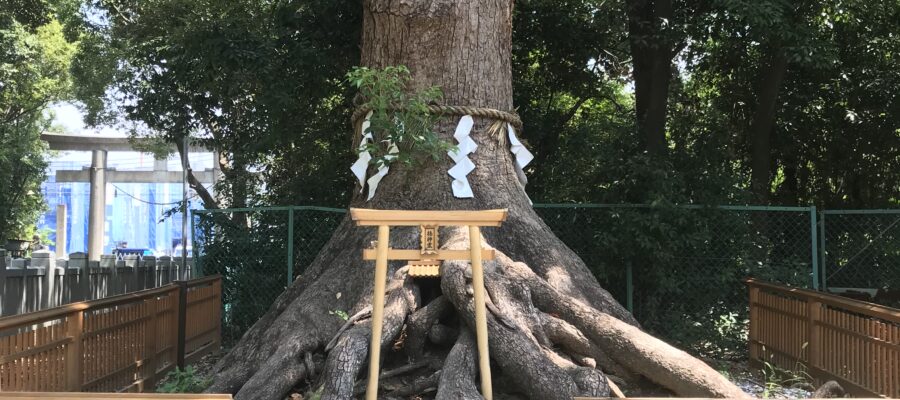和泉国の一の宮
大阪の泉南地域の高校との打ち合わせ後、大阪市内の事務所に帰る途中、和泉国一の宮である大鳥大社を訪れました。JR阪和線の駅は鳳駅なので、鳳大社と書くと今日の今日まで勝手に思い込んでいました。
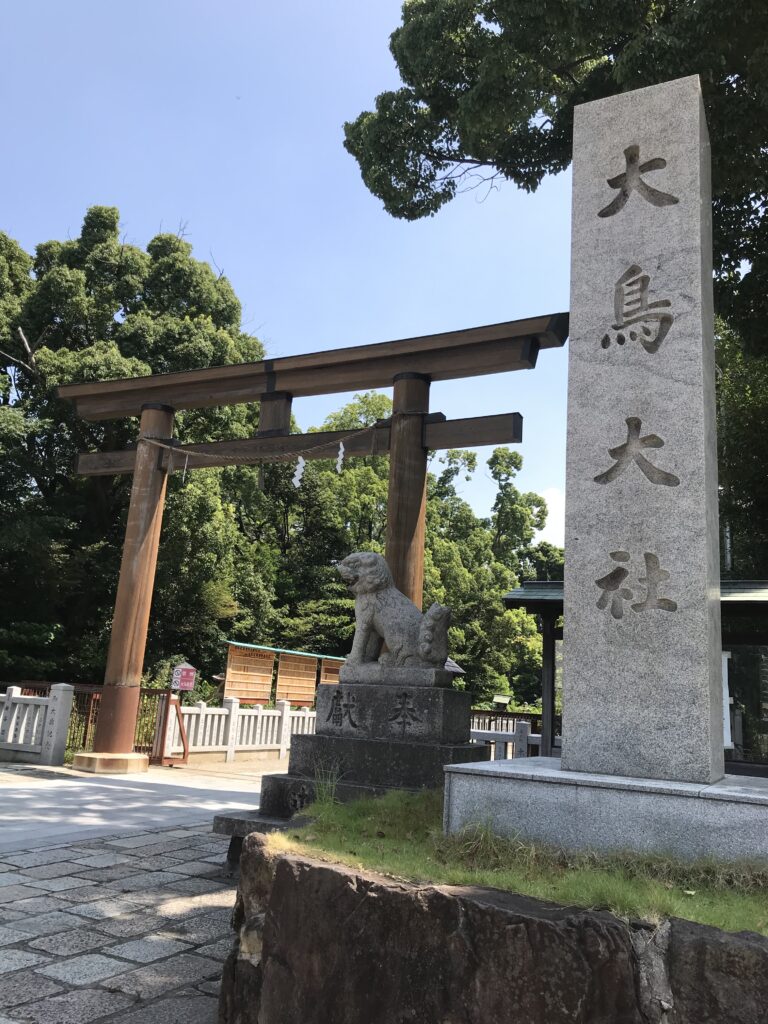
ヤマトタケル像
当日は天気もよく、一の鳥居をくぐり境内を進みますが日差しがきつく、すごく日焼けしそうなくらいでした。途中、ヤマトタケルの像があります。由緒によると、ヤマトタケルの御霊が八尋の白鳥となり陵から飛び立った後、最初に降りたのは大和の琴弾原。
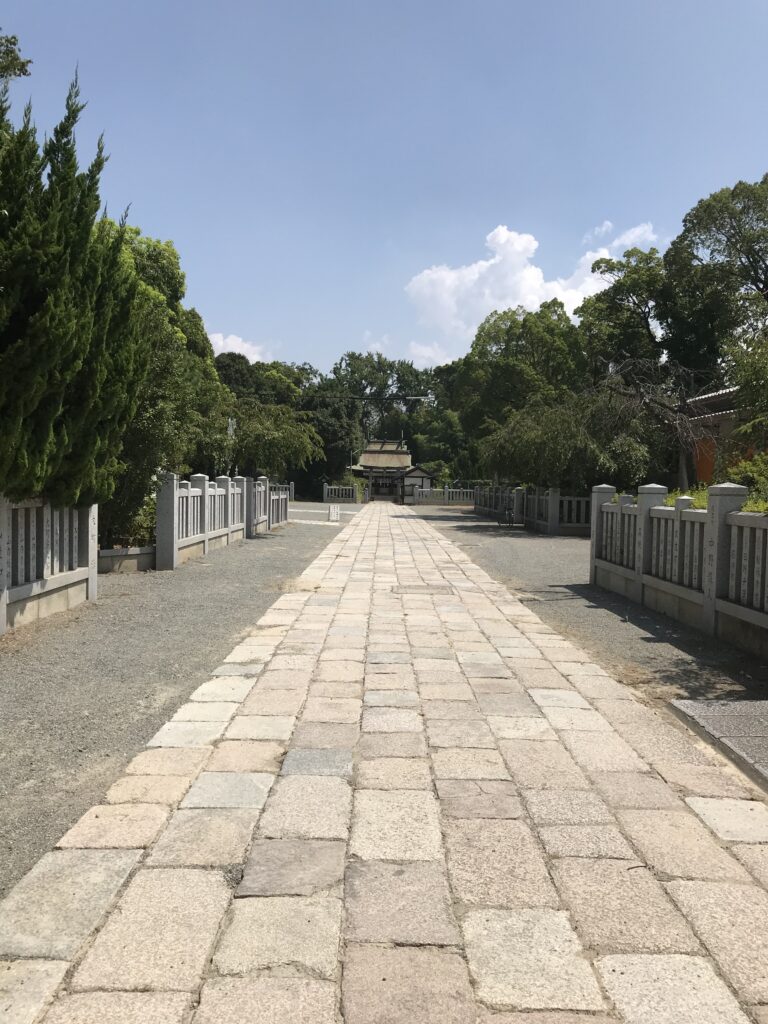
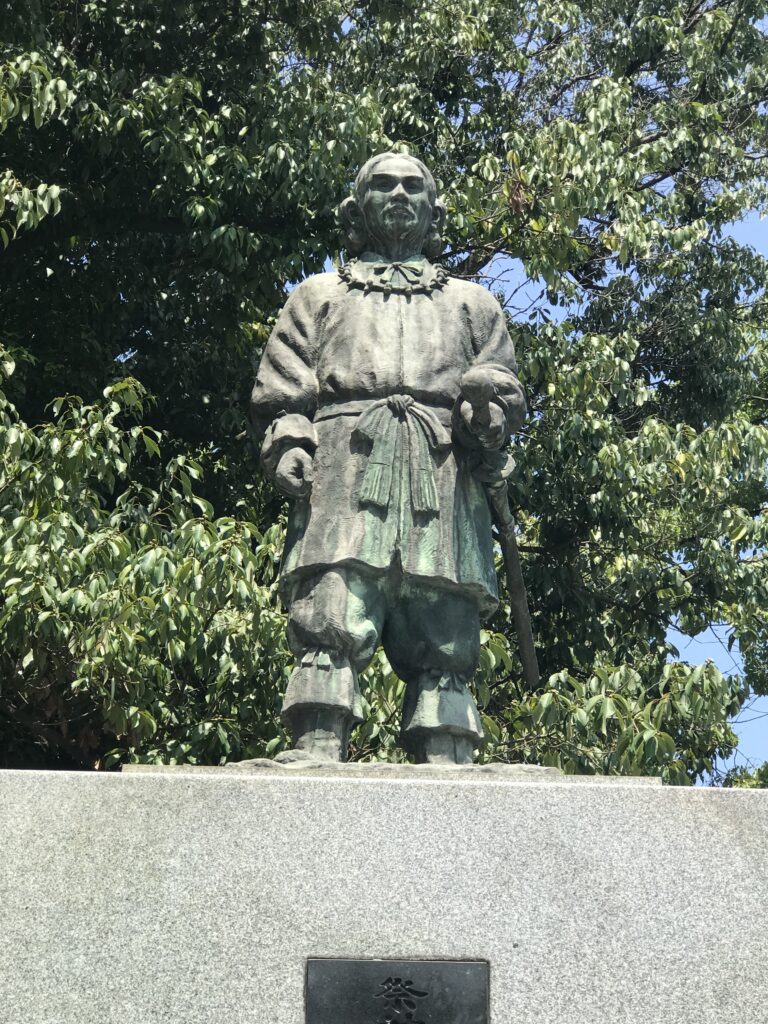
次に降り立ったのが河内国の旧市(ふるいち)、その後に再び天高く舞い上がって、大鳥大社に来てとどまったそうです。実に1,900年前の話ですが、それがこの神社の起源と伝えられています。日差しから隠れる場所もなく、まずは本殿でのお参りをしました。
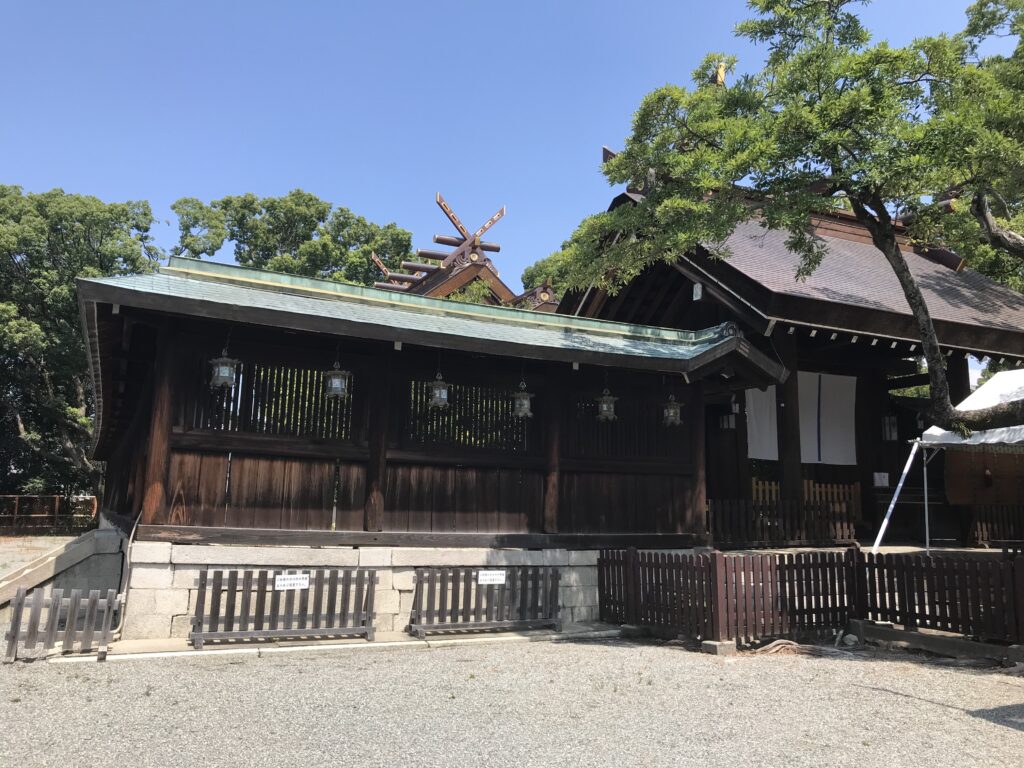
根上がりの大楠
本殿まで来る途中、気になる標識がありました。「根上がりの大楠」です。商売繁盛、財運向上の御神木ということで、これはお参りしないといけないと思い向かいます。案内によれば、樹根が隆起しているので「根上がりさん」と呼ばれているそうです。
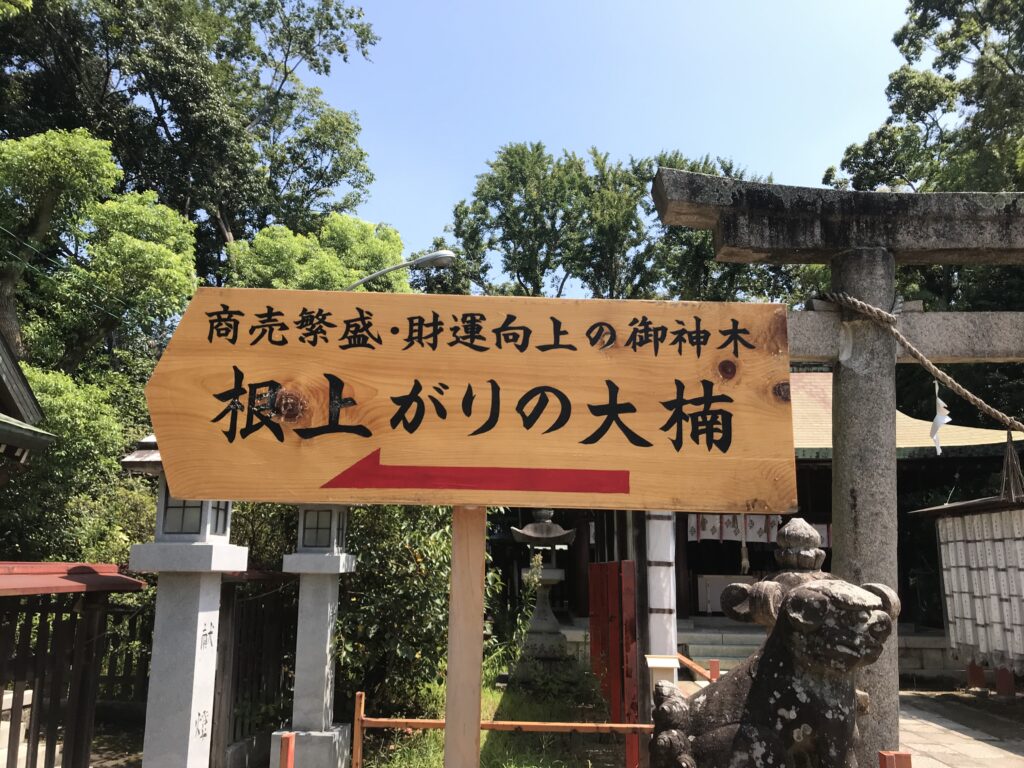
「根(値)が上がる、価値が上がる・運気が上がる」バンザーイ!バンザーイ!と古より商売繁盛・財運向上の大楠と伝えられているそうです。南蛮貿易の堺商人や、江戸時代の浪花のあきんどに負けず劣らずのアイディア広告を思いついた神官に対し、敬意を表したいと思わせるネーミングです。もちろん御神木の前にはお賽銭箱が鎮座されています。(完)
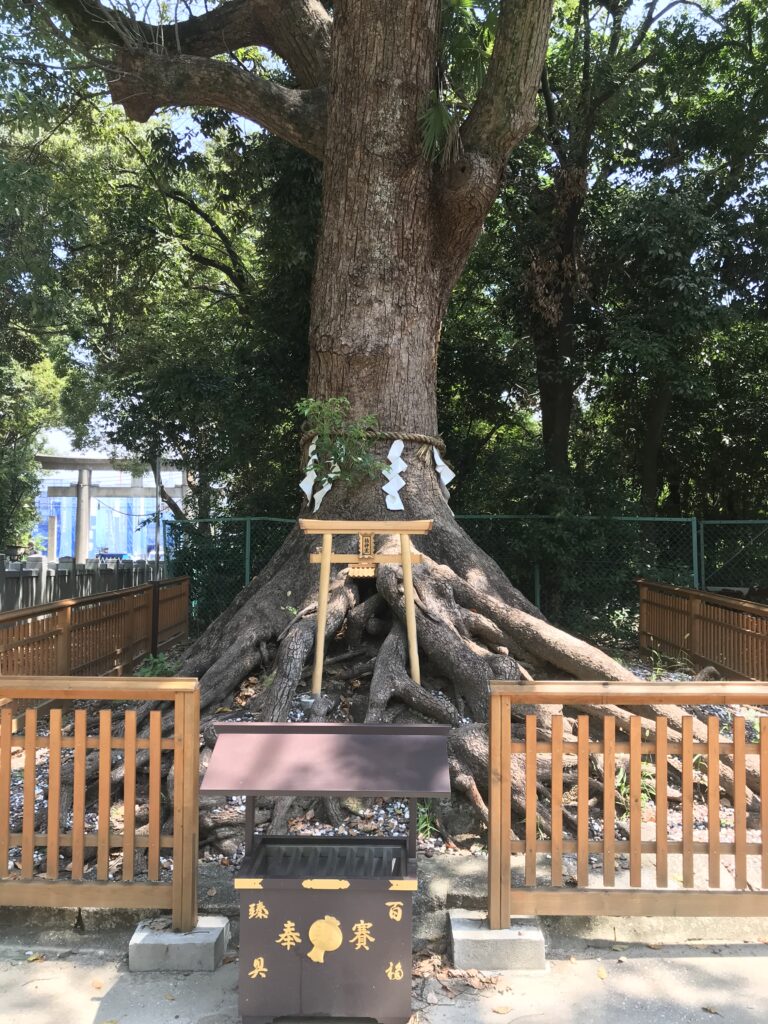
大鳥大社の御朱印
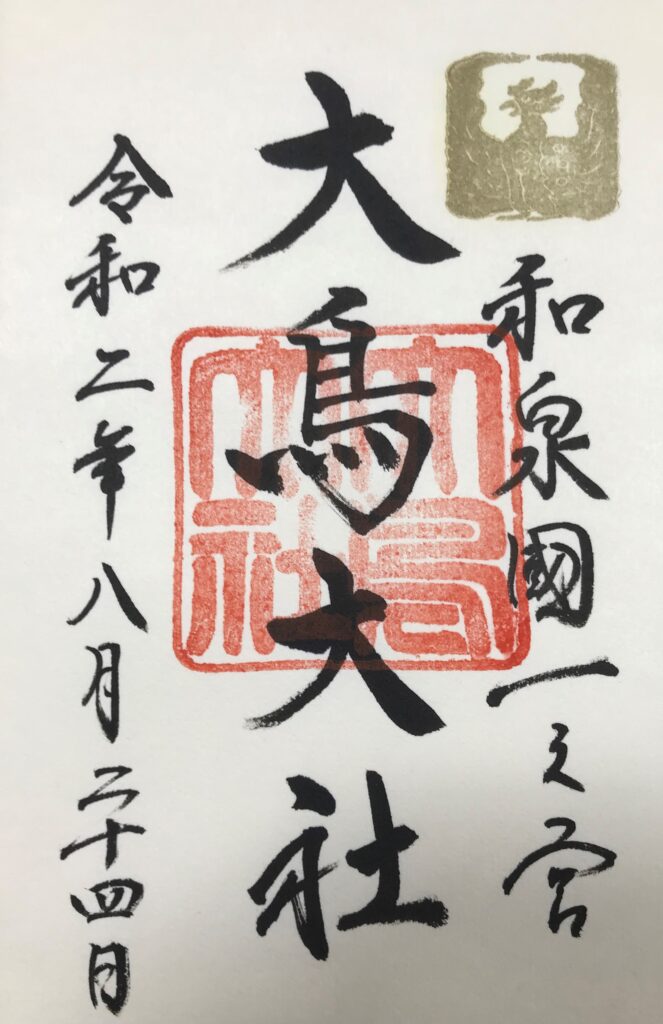
大鳥大社が紹介されている書籍
全国の一の宮が案内されています。もちろん、和泉国の一宮、大鳥大社も記載されています。全国一の宮めぐりも楽しそうです。
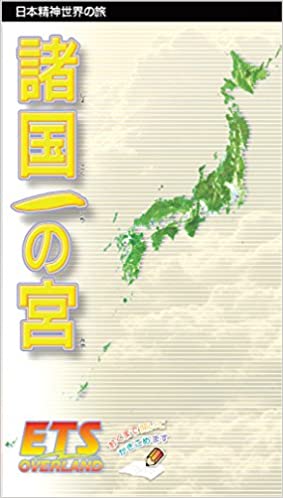
価格:1,848円
(2021/5/10 17:13時点)
感想(0件)
Otri Taisha Shrine (English)
The First Shrine in Izumi Province
After a meeting with a high school in the Sennan area of Osaka, I was on my way back to my office in Osaka City when I visited Otori Taisha shrine, the most important shrine in Izumi Province. The station on the JR Hanwa Line is Hou Station, so I assumed until today that it would be written as Hou Taisha.
Statue of Yamatotakeru
It was a beautiful day, and as we passed through the first torii gate and proceeded through the precincts, the sun was so strong that I felt like I was going to get sunburned. On the way, there was a statue of Yamatotakeru. According to the legend, after the spirit of Yamatotakeru became a swan and flew away from the mausoleum, it first landed at Kotohikinohara in Yamato.
The next time he landed was at Furuichi in Kawachi Province, and then he soared high into the sky again and came to Otori Taisha Shrine, where he stayed. This is the origin of this shrine, which is said to be 1,900 years old. With no place to hide from the sun, I went to the main shrine first to pay my respects.
A large camphor tree uprooted (Neagari)
On the way to the main shrine, there was a sign that caught my attention. It was a sign that said, “Neagari no Ookusunoki (large camphor tree). It is said to be a sacred tree for prosperous business and good fortune, so I decided to pay a visit to it. According to the sign, the tree is called “Neagari-san” because its roots are uplifted.
“Root (value) goes up, value goes up, luck goes up” Banzai! Banzai! It is said that the camphor tree has been used as a symbol of prosperity and fortune since ancient times. The name of the tree makes me want to pay tribute to the priest who came up with the idea of advertising, which is as good as the Sakai merchants of the Namban trade and the Naniwa merchants of the Edo period. Of course, there is a money box sitting in front of the sacred tree.
Sanctuaire Otri Taisha (Français)
Le premier sanctuaire de la province d’Izumi
Après une réunion avec un lycée dans le quartier de Sennan à Osaka, j’étais sur le chemin du retour vers mon bureau à Osaka City lorsque j’ai visité le sanctuaire Otori Taisha, le sanctuaire le plus important de la province d’Izumi. La station sur la ligne JR Hanwa est la station Hou, donc j’ai supposé jusqu’à aujourd’hui qu’il serait écrit Hou Taisha.
Statue de Yamatotakeru
C’était une belle journée, et alors que nous franchissions la première porte torii et que nous avancions dans l’enceinte, le soleil était si fort que j’avais l’impression que j’allais attraper un coup de soleil. Sur le chemin, il y avait une statue de Yamatotakeru. Selon la légende, après que l’esprit de Yamatotakeru se soit transformé en cygne et se soit envolé du mausolée, il s’est d’abord posé à Kotohikinohara, à Yamato.
La fois suivante, il s’est posé à Furuichi, dans la province de Kawachi, puis il s’est à nouveau élevé dans le ciel et est arrivé au sanctuaire Otori Taisha, où il est resté. C’est l’origine de ce sanctuaire, dont on dit qu’il a 1 900 ans. N’ayant aucun endroit où me cacher du soleil, je me suis d’abord rendu au sanctuaire principal pour lui rendre hommage.
Un grand arbre à camphre déraciné (Neagari)
Sur le chemin du sanctuaire principal, il y avait un panneau qui a attiré mon attention. Il s’agissait d’un panneau indiquant “Neagari no Ookusunoki (grand arbre à camphre)”. On dit que c’est un arbre sacré pour les affaires prospères et la bonne fortune, alors j’ai décidé de lui rendre visite. D’après le panneau, l’arbre est appelé “Neagari-san” parce que ses racines sont soulevées.
“La racine (la valeur) augmente, la valeur augmente, la chance augmente” Banzaï ! Banzaï ! On dit que l’arbre à camphre est utilisé comme un symbole de prospérité et de fortune depuis les temps anciens. Le nom de l’arbre me donne envie de rendre hommage au prêtre qui a eu l’idée de la publicité, qui n’a rien à envier aux marchands Sakai du commerce Namban et aux marchands Naniwa de la période Edo. Bien sûr, une tirelire est posée devant l’arbre sacré.
